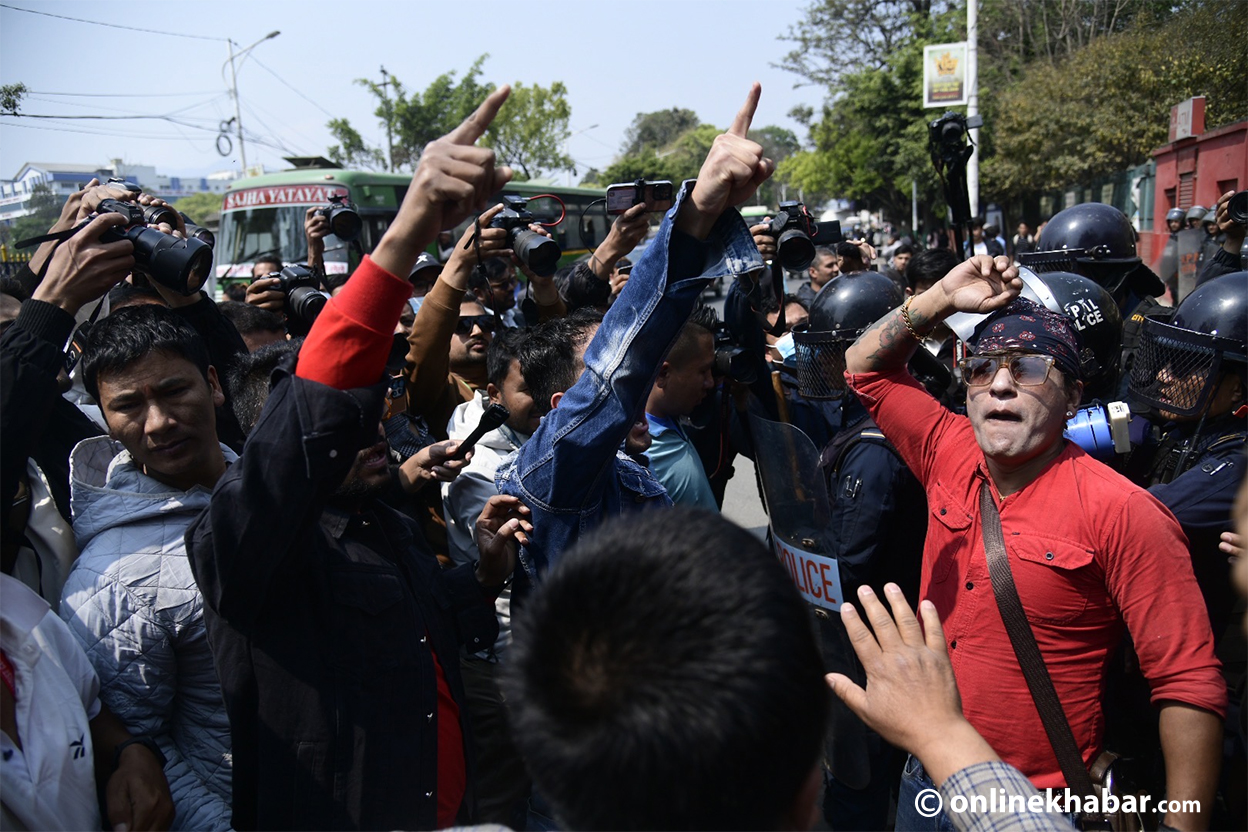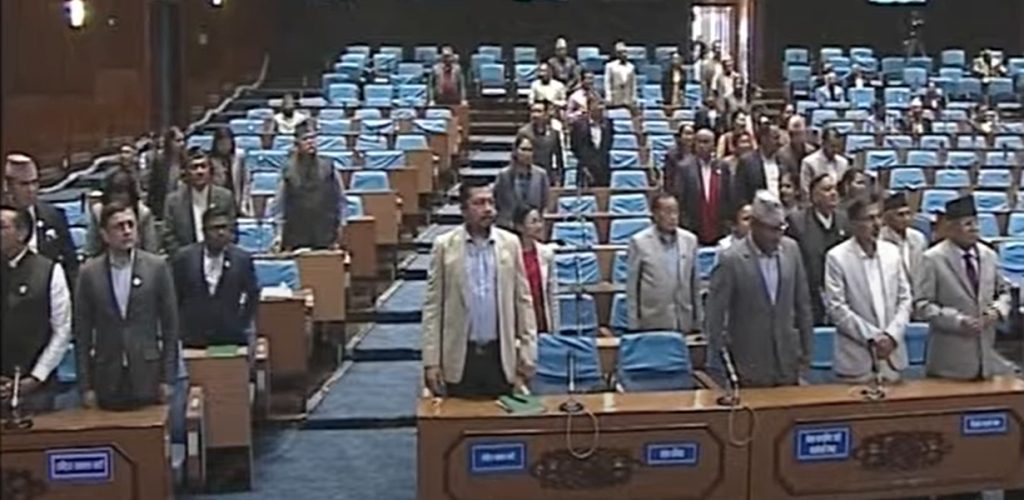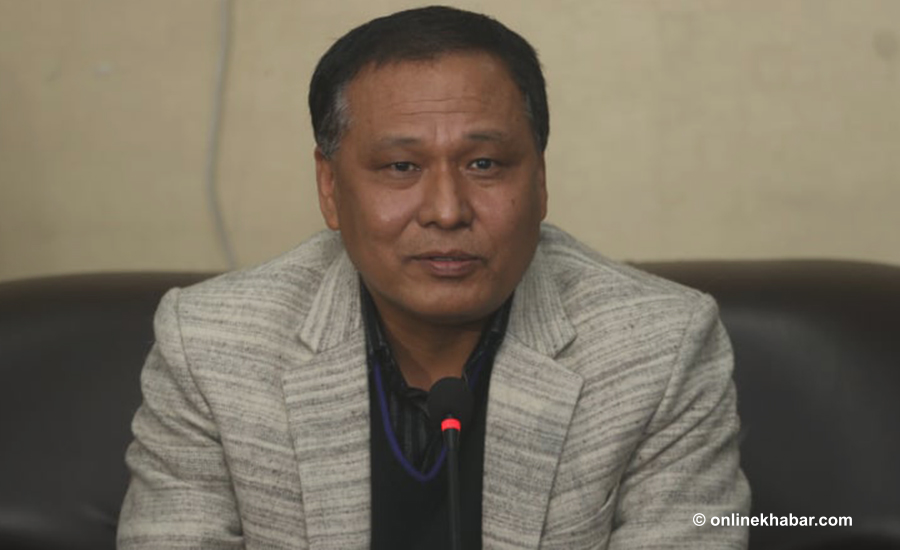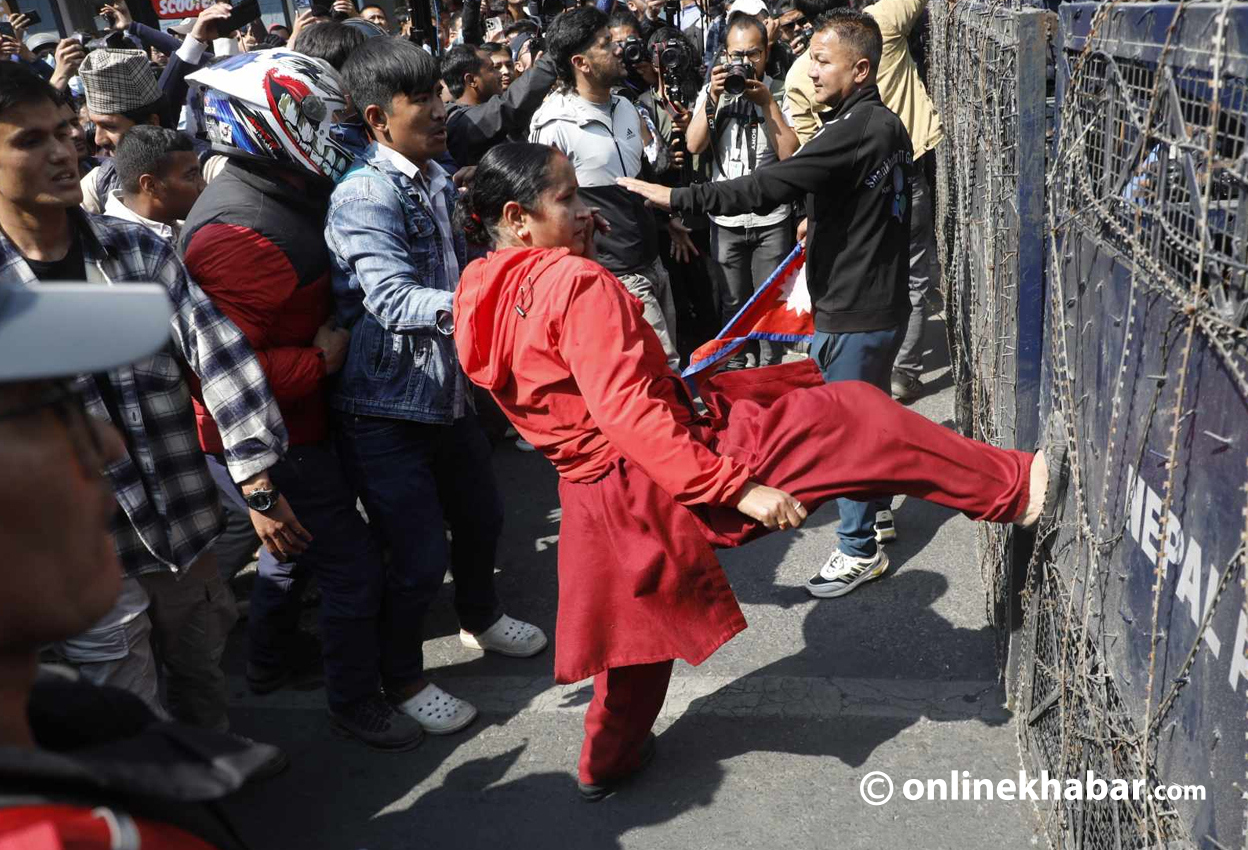
If his current term is not extended, Kul Man Ghising will leave his position of managing director at Nepal Electricity Authority in the next 20 days. As the day of Ghising’s departure is near, two arguments are being heard; some want his reappointment to the position whereas others do not agree.
Ghising was appointed the managing director of the state-run power distribution authority on September 14, 2016, for four years. He is widely credited for ending the regular power outage in the country (known as load shedding), which was a perennial problem them.
But, overall, how successful was he? Here, we discuss his key achievements and failures.
Achievements
1.
Freed Nepal from almost a decade-long power outages

In the first year of his tenure, Nepal Electricity Authority stopped issuing a notice calling the public not to use flickering lights during the Tihar festival. Such a notice had been a ritual for the NEA for the past decade.
But, Ghising was not thinking of ending power outage on Tihar; he was checking if an end to the load shedding would be possible. He had chosen the Laxmi Puja day during Tihar because the country would require the highest amount of power that day every year.
Soon after Tihar, Kathmandu was declared load shedding-free followed by Bharatpur and Pokhara. In April 2018, the NEA declared the country load shedding-free by ending the load shedding in factories and enterprises as well.
2.
Turned NEA into a profitable body
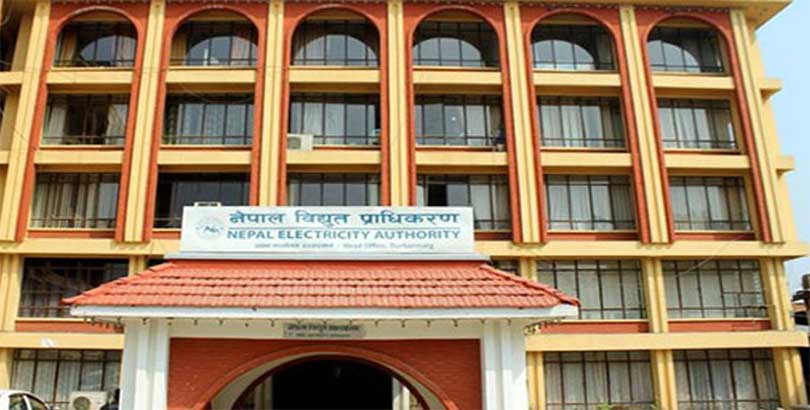
Before Ghising’s appointment, the state-owned company always used to be in the red, but soon, it started making eye-popping profits.
By the end of the fiscal year 2015/16, the cumulative loss of the NEA had reached Rs 34.61 billion. In that fiscal year alone, the NEA had recorded a net loss of Rs. 8.89 billion. But, under Ghising’s leadership, in 2016/17, the NEA earned a net profit of Rs 1.47 billion. And, from there only, the authority turned its way from loss to profit.
As a result, the authority paid off the cumulative loss of Rs 35 billion with interest in four years of Ghising’s tenure. Also, it accumulated Rs 5 billion in cumulative profits. Moreover, it has become the most profitable public corporation in recent years.
3.
Reduced leakage and increased consumption
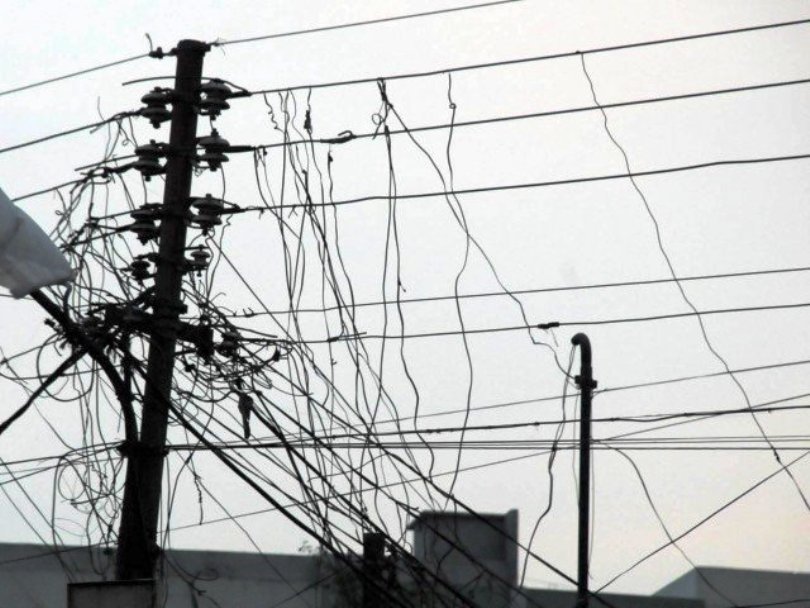
Due to technical and non-technical reasons, the amount of electricity leaked was 25.78 per cent in the fiscal year 2015/16. However, a move to reduce leakage was launched from the fiscal year 2016/17, which reduced the leakage to 22.9 per cent in the first year, 20.45 per cent in the second year, 15.32 per cent in the third year, and 15.27 per cent in the fourth year.
Thus, when the leakage was reduced by about 11 per cent in four years, the NEA got a financial benefit of around Rs 8 billion.
It has also achieved significant success in increasing electricity consumption. At that time, due to load shedding, a consumer used to consume only 131 units of electricity per year on an average. However, the scenario has just changed over the years. At present, one consumer is consuming 245 units of electricity. According to statistics, electricity consumption has increased by 80 per cent in four years.
4.
Expanded access to electricity and increased production

The number of consumers has increased by about 42 per cent in these four years. Also, by now, 86 per cent of the population has access to electricity through the national transmission.
For this, works for expanding the transmission line, increasing the capacity of grid substations and distribution transformers have been done at an unprecedented speed.
Also, the amount of electricity imported from India has increased in the last four years. However, the share of imported electricity in the total consumption of the country is declining.
The NEA had also exported 107 million units of electricity in the last fiscal year 2019/20. This is equivalent to 6 per cent of last year’s import.
Likewise, the authority also significantly increased the amount of electricity production. Four years ago, a total of 801.7 MW of hydropower was being generated in Nepal. By now, it has increased by 57 per cent and reached 1258.7 MW.
Failures
1.
Could not complete some projects on time

Ghising failed to complete some important projects like Upper Tamakoshi, which is in the final stage of completion. Apart from this, Ghising could not complete projects like Rasuwagadhi, Madhyabhotekoshi and Sanjen hydropower projects that are being constructed by NEA subsidiaries.
In these projects, he also could not control the negligence of the contractor companies and weaknesses in project management. The bidding process for the 40-megawatt Rahughat Hydropower Project has been stuck.
Also, the NEA has not been able to stop the unnecessary intervention of the donor, Asian Development Bank, to finalise the contract for the construction of Tanahu Reservoir Hydropower Dam and other structures.
2.
Could not solve distribution problems
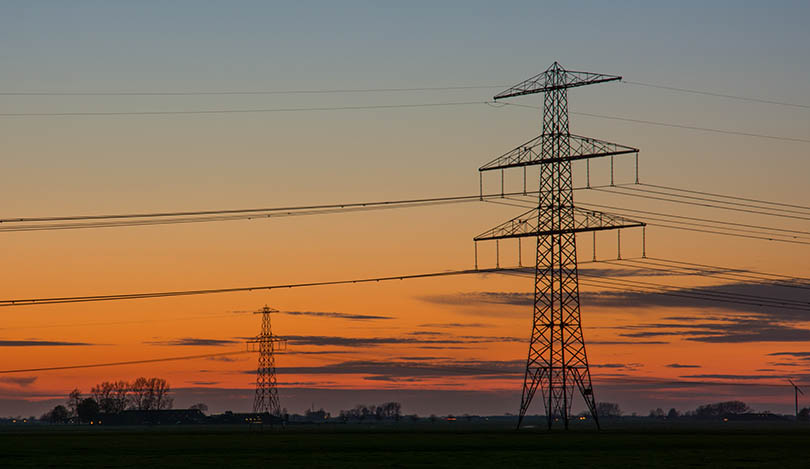
Though load shedding has ended, there is a problem of a sudden power cut with a downpour in the winter. The problem of low voltage is similar as before in some rural areas due to the lack of expansion of the distribution system that can support a load of ACs and heaters in the winter.
Meanwhile, capacity expansion is seen in the statistics only. The service flow of the NEA’s distribution centres is weak; they even do not pick up the phone on time, let alone solve problems on time.
Still, 14 per cent population of the country, including half of Karnali, is still without access to electricity.
3.
Could not free himself from controversies

When the NEA launched a plan to purchase LED bulbs and distribute it to the consumers, he was accused of taking a commission from an Indian government company.
Likewise, some industrialists launch legal battles against the authority under his leadership over the bills of dedicated trunk lines. Now, the Electricity Regulatory Commission (ERC) has been assigned to solve this dispute.
4.
Could not ensure good governance
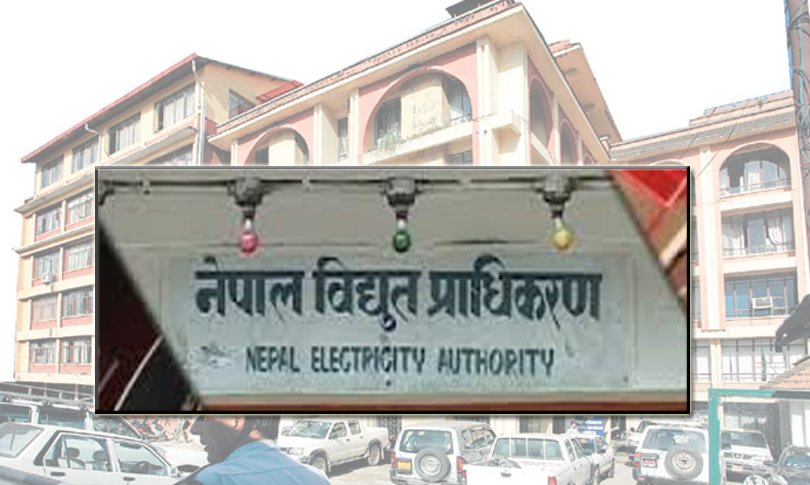
It has been alleged that Ghising has not been able to control the misuse of vehicles and the abuse of power by trade union leaders in the authority. Likewise, he has failed in the management of subsidiary companies. Also, people allege that Ghising has not been able to end various economic and administrative corrupt activities within the authority. Ministry officials say that Ghising has not been able to work for the improvement of the institutional good governance within the NEA.







